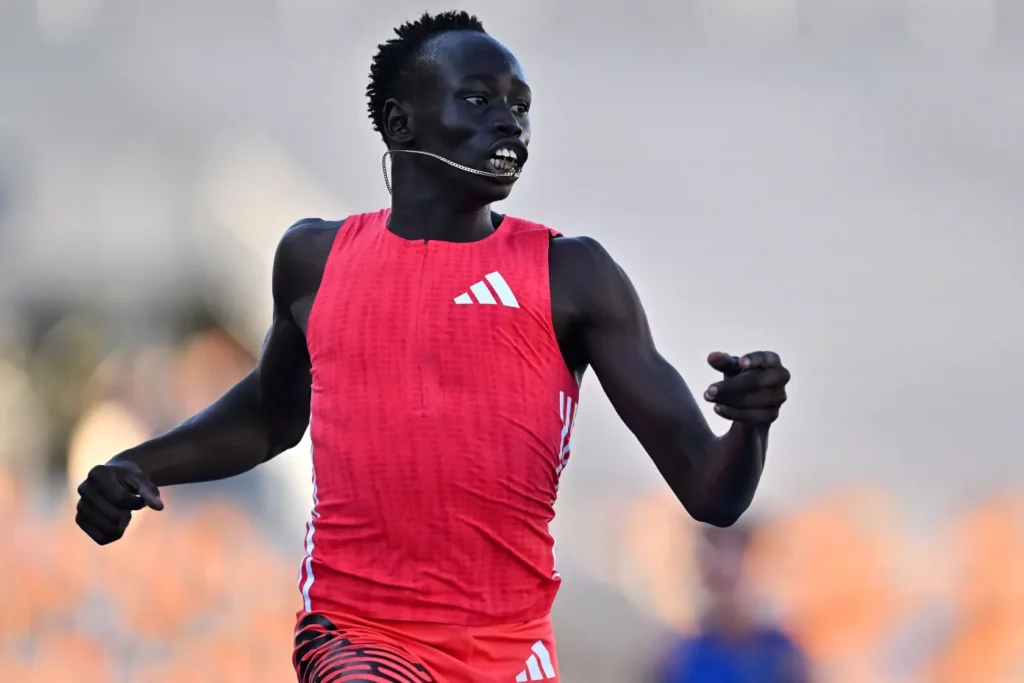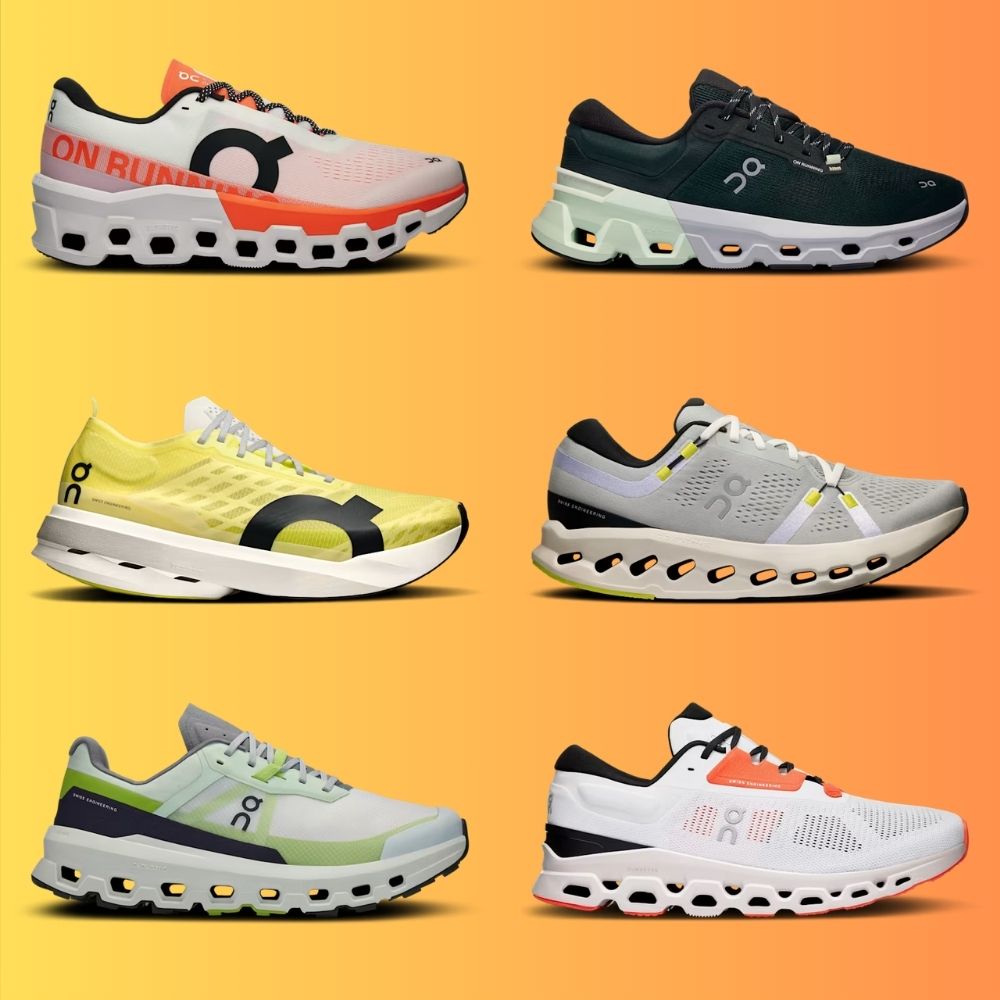From running performance to injury prevention – wearing the right shoe is critical for a whole host of reasons. But let’s be honest, with so many options on the market, a multitude of bells and whistles, and the significant differences in one person’s foot to another, buying the right shoe can be pretty confusing. Here are four things you need to think about because when it comes to finding the right shoe, it turns out the answer lies underfoot.
1. Goal
Going for a run is a broad term and rarely means the same for two people. Before lacing up a pair of brand new runners it is important to think about the type of running and the goals that you will be chasing.
Your training method, length and technique all influence the running shoe that you need. Sprinting and racing shoes you will find are lightweight and flexible, trail shoes are sturdier, built for uneven terrains whereas shoes built for long distances will have more cushioning on the heel for extra longevity.

2. Pronation
It is also important to understand your foot landing pattern when shopping for your fresh kicks. Pronation is normal, it describes the way your foot rolls when it strikes the pavement. But it is the level in which you pronate that differentiates your perfect shoe.
There are three foot types, overpronators, underpronators and neutral feet. For over and under-pronators (supinators) in particular finding the right shoe can mean avoiding injuries, be more comfortable and assist your overall running performance in the long run.
2.1 Overpronators
Each shoe is built with a foot landing pattern in mind. For example, for those with a degree of pronation who tend to land on the inside of the foot (43% of runners tested by ASICS FOOT ID™), the GEL-KAYANO™ 26, offers over pronators additional comfort, support and cushioning. Its purpose-built DUOMAX midsole helps smooth the foot as it naturally tries to roll inwards protecting every step and reducing the risk of flat feet, shin and arch pain and bunions.
I’ve been recommended ASICS by my physio and they’re the best running shoes I’ve tried, and trust me I’ve tried a lot. They’re super supportive and go the distance.
Lauren Williamson

2.2 Neutral
Those with a neutral foot type have what is considered a normal or “ideal” foot type, the way the foot lands is stable and don’t roll inwards or outwards too much, plus, they’re less likely to get injured.
2.3 Supinators
Supinators or under-pronators roll outwards, causing the weight to be distributed on the outside of the foot and toes. Supinators are more likely to suffer from plantar fasciitis, shin pain and ankle strain if they don’t have the correct shoes.
3. Size
Did you know that your food expands as it hits the pavement under the pressure of your body weight? This is why having a thumbs worth of room at the front of your running shoes is important. If they’re too small or fit perfectly, you run the risk of stretching the seam or uncomfortable and painful blisters.

4. Aesthetics
Yes, we know that choosing the perfect running shoe goes deeper than aesthetics. But aesthetics do matter and if you are curious to know, dark tones are in this season. Think navies and blacks with sporty accents. And better yet, they go with just about anything so you can pull on your gear fuss-free, focusing on what counts, the journey ahead.
If you’re not sure of what shoe you need, look to the experts. Head to an ASICS store where their trained staff will be able to run a complimentary gait analysis or 3D foot mapping on your feet, so you know your foot-type for life.















